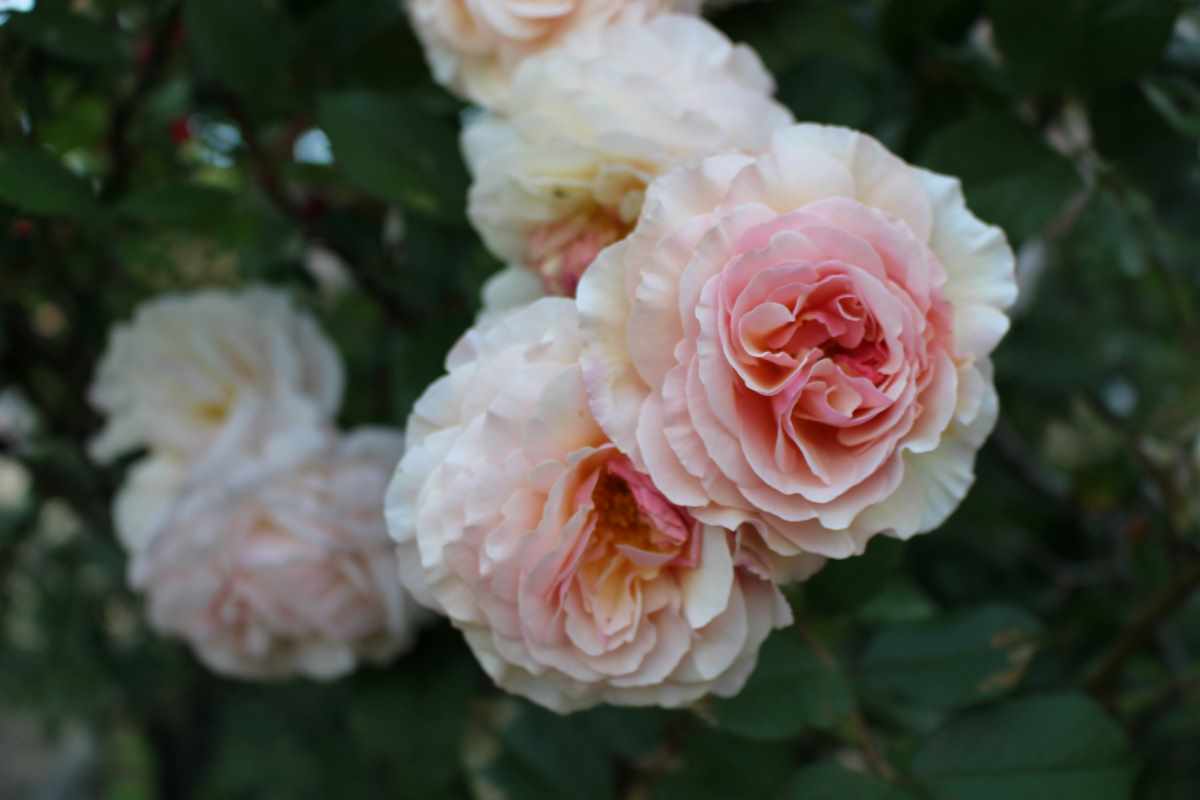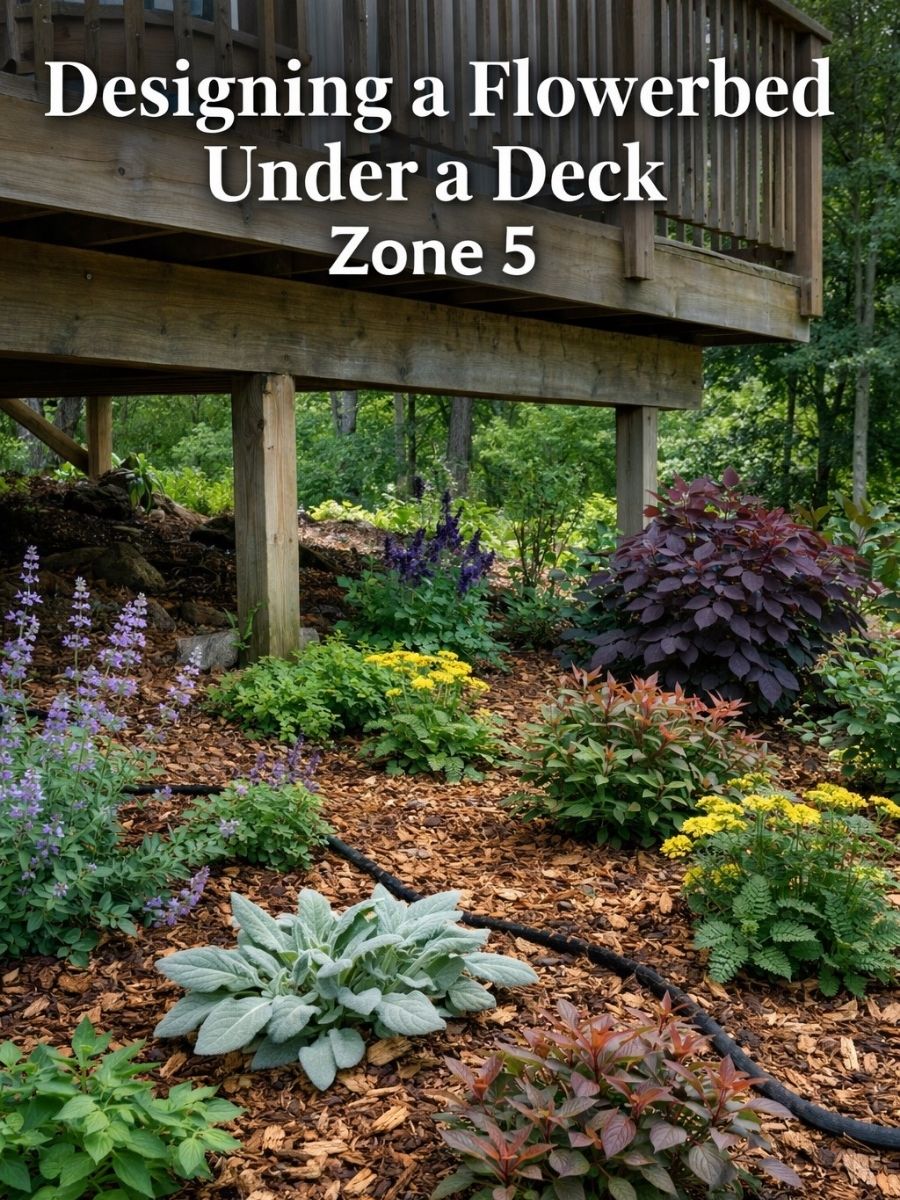Learn how to prune a rose bush and get tons of blooms on your roses. Pruning roses is important for maintaining their health, encouraging new growth, and controlling their shape. So if you are in love with roses, but don’t know how to prune them, No problem, this guide will show you how.
Disclosure: This post contains affiliate links. As an Amazon Associate I earn from qualifying purchases.
When Is The Best Time To Prune Roses?
The timing of pruning depends on the type of rose and your climate. In general, prune most roses in late winter or early spring before new growth starts. However, some roses, like climbing roses, may require pruning after their first flush of blooms in early summer.
It’s important to know that roses bloom on new wood. The often you prune, the more they bloom. another aspect of “pruning” is known as deadheading. This is something that you will need to do throughout the growing season. More on that coming later.
If it’s too late into the season and your roses have already begun to bloom, but you have not pruned them yet, wait until they are done with their first flush of blooms before pruning them. Once the blooms are faded, then you can get after them.
What Tools Can I Use For Pruning a Rose Bush?
Always use sharp tools with any pruning job you are trying to accomplish. Using sharp tools will prevent the branches from getting mangled. If a branch gets mangled, it will be much more susceptible to disease and insect damage.
Some of the tools that you’ll need are sharp pruning shears, loppers, a hand saw, and a disinfectant such as alcohol in a spray bottle.
Use pruning shears for branches that are one inch in diameter or smaller, loppers for branches that are two inch in diameter or smaller, and for anything larger than that, you should use a hand saw. If you have a branch that is two inches or wider, oh my, you have an OLD rose shrub!
What To Look For When Pruning Roses?
Reducing The Canopy Size
To make the shrub more manageable to prune, it may help if you first reduce the shrub size by cutting it back. Take care not to cut a healthy branch right after a diseased branch unless you disinfect your tools. Cut back to outward facing buds.
I like to disinfect my tools using rubbing alcohol. Simply spray it on the blades and allow it to sit for 30 seconds or so. Do so while moving from shrub to shrub, and after cutting into a diseased branch.
This step is also helpful if your rose shrub has gotten too large and you want to reduce its size.
Dead, Damaged, Or Diseases Wood
After you have cut back the shrub into a manageable size, look for dead, damaged, or diseased branches. Prune these branches off while making sure to clean your tools after each cut you make.
You may need to cut these branches all the way back to the base if there is no healthy wood left. If the branch still has healthy wood, make a clean cut back to healthy wood, just above a bud facing outward.
Weak Growth
If the shrub has week and flimsy growth that has no strength to hold up blooms, cut those back as well. However, you may want to keep them if they contribute to the shape of the shrub.
In the event you do keep week branches, they will take a couple seasons to form sturdier stems. Meanwhile, you may have to provide those stems with support to prevent them from flopping over.
Crisscrossing Branches And Inward Growth
If you have any crisscrossing branches, cut back all the way to the base any of the branches that are heading inward into the shrub or are weaker than the other branches. This will leave you with the healthier branches that are capable of producing more blooms.
In case you find any branches that are facing inwardly into the middle of the shrub, you will need to cut those back either completely to the base, to a bud facing outward, or to a lateral branch that is facing outward. You will have to make the decision based on the location of the branch and it’s impact on the shrub.
Pruning crisscrossing branches and inward growing branches is a very important step in rose pruning and care. Roses require plenty of air flow to thrive. If there is not enough air flow between their branches, roses can succumb to fungal diseases.
Shape The Rose Bush
The previous cuts that you have made all contribute to the overall health of the shrub. This last cut is purely aesthetic.
Decide on the shape you want for your rose bush and prune accordingly. Always make your cuts above a bud facing outward to not encourage any inward growth.
For hybrid tea roses and floribundas, aim for an open vase shape with an open center to improve air circulation. Cut back main stems to an outward-facing bud.
How To Deadhead Roses
Deadheading is simply the act of cutting back any faded blooms off your roses. Before you deadhead, it may be helpful to know which type of rose you have.
Grandiflora
Grandifloras have a shorter stem than the Hybrid Tea, but with clustered, large, double blossoms. For this variety, wait until the full cluster of blooms have faded, and cut back to an outward facing bud over a five leaf stem.
Floribunda
Floribundas are a cross between hybrid tea roses and grandiflora, giving them longer stems with clustered blossoms.
This variety can be pruned in the same manner as the grandiflora. Another option for both of these varieties is to wait until the first flush of blooms is fully faded, then make your cuts to outward facing buds, above a five leaf stem.
Hybrid Tea Roses
Hybrid tea roses, usually have only one flower per stem and tend to flower in three flushes from summer to late autumn. This allows you to deadhead each rose as it fades. Always make your cuts to an outward facing bud, above a five leaf stem or node.
There are also repeat flowering roses, climbing roses, and ground cover roses.
I cannot speak for pruning climbing roses since I have no experience. However, repeat flowering roses can be deadheaded as mentioned above for all the rose varieties.
On the other hand, ground cover roses, or landscape rose require less pruning because they are typically bread to perform well. They will usually continue to produce blooms even without deadheading. But I have personally noticed that they perform much better if they are deadheaded often.
What Should You Do With All The Debris?
After pruning, clean up any debris around the rose bush to prevent the spread of diseases. Leaving diseased branches around may cause the spread of diseases.
Either dispose of the diseased material in the trash, or burn it.
Only compost or take cutting from healthy branches. Never do so with diseased branches.
Remember, it’s always better to prune conservatively at first and then adjust as needed rather than cutting too much at once. Each rose variety may have specific pruning needs, so it’s a good idea to research your particular type of rose for any specific requirements.
Watch: A Guide To Pruning Roses
Pin This Post!

More Gardening and Recipe Related Topics
Gardening
Winter Sowing – A Step-By-Step Guide
Recipes
Beef Carnitas That Will Knock Your Socks Off
Rustic Swiss Chard Tart – Gluten Free
Shop This Post
Tell Us What You Think!
Pruning roses promotes healthier growth by removing dead or diseased wood, encourages more blooms, and helps maintain an attractive shape. It enhances air circulation around the plant, reducing the risk of fungal diseases, and stimulates new growth from the base, rejuvenating the plant for optimal performance.
Is this your first time pruning roses? Let us know if you have any comments or questions down in the comment section below.





Be the first to reply